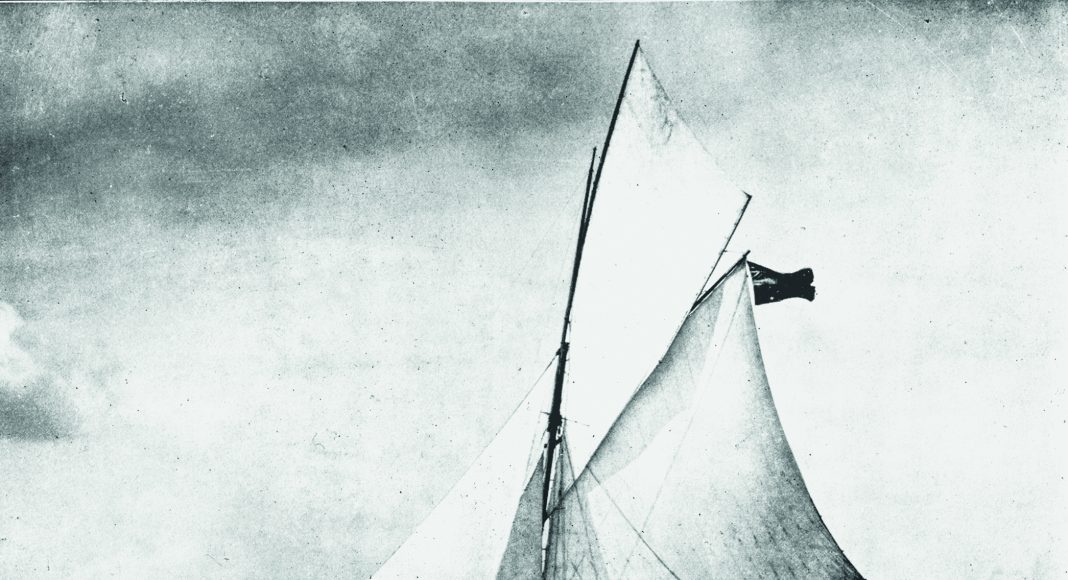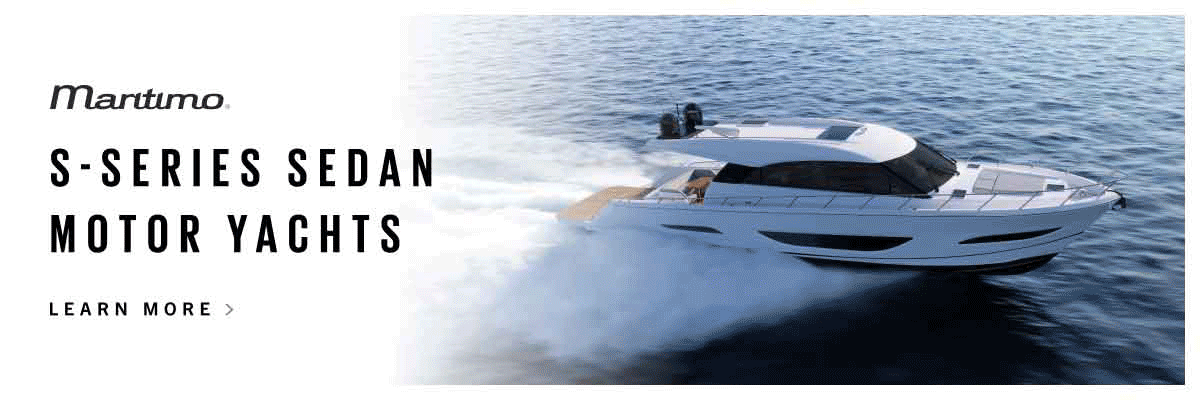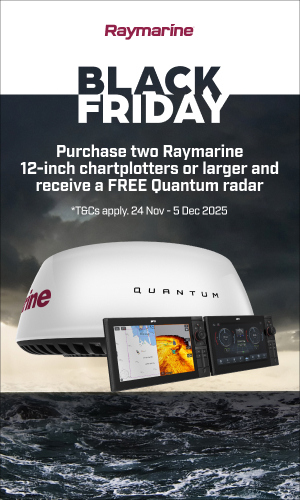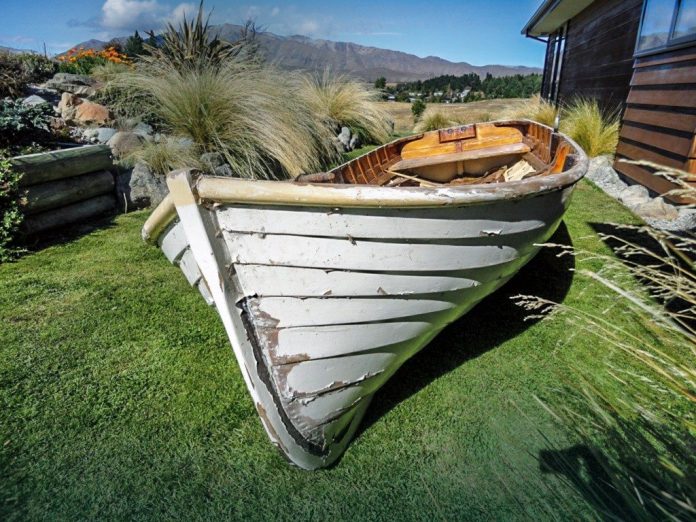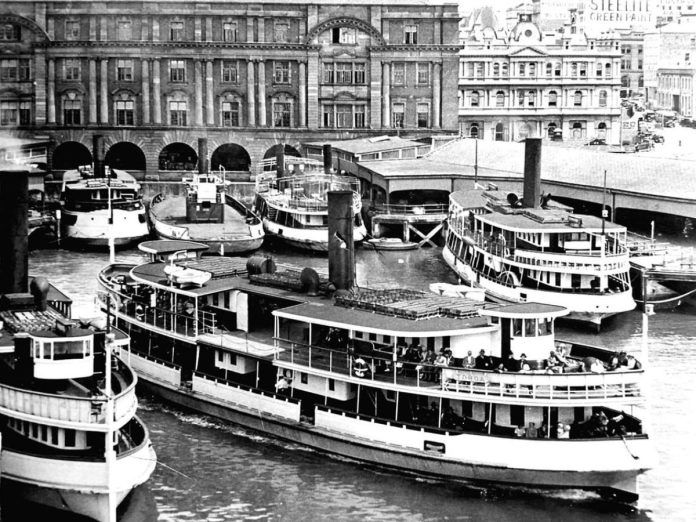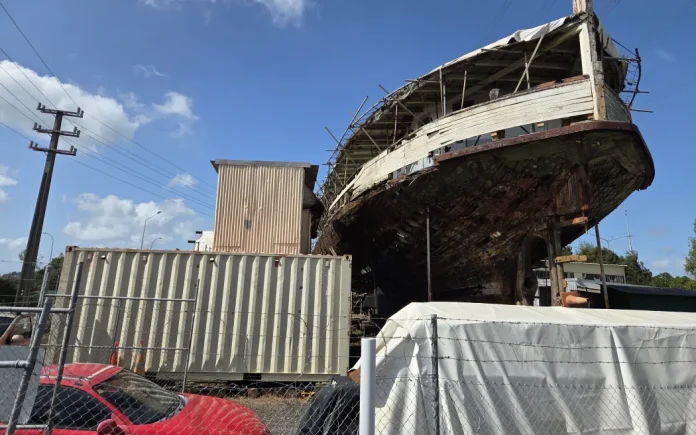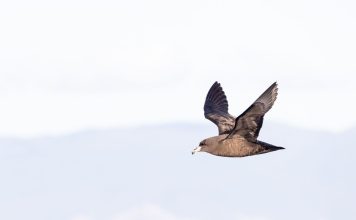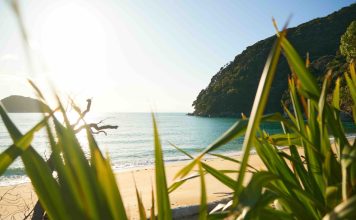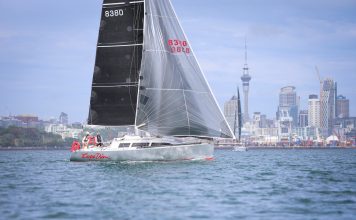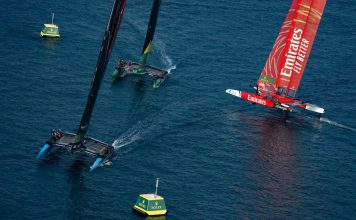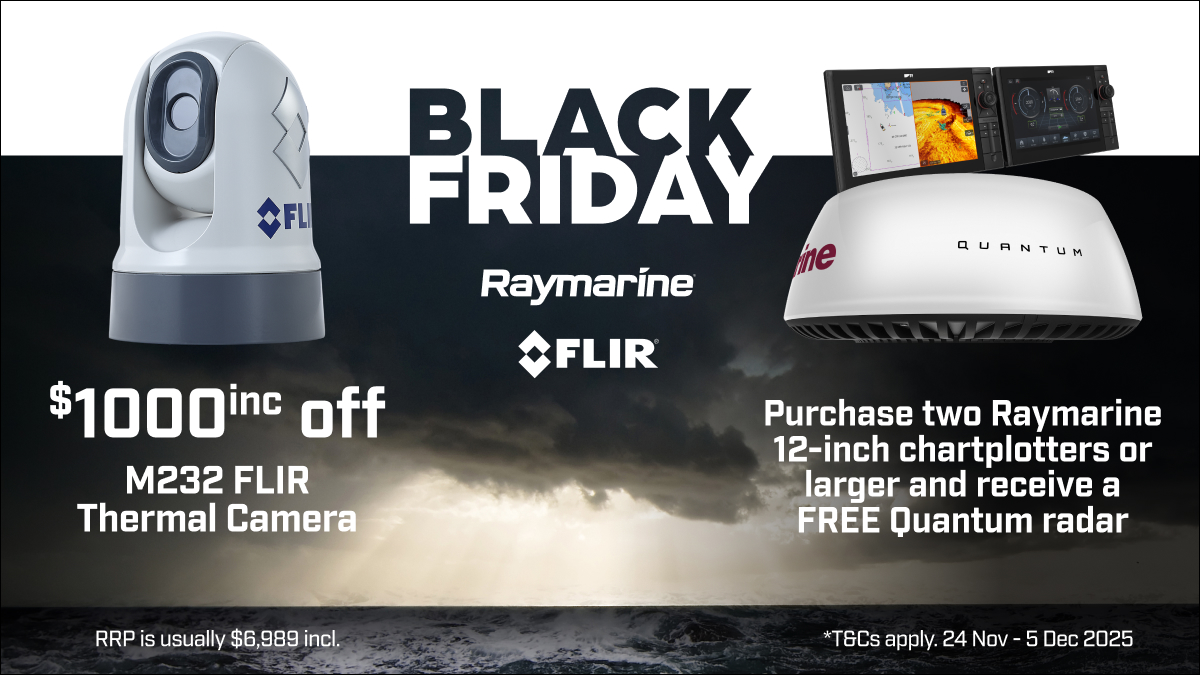There were many reasons for this. Firstly, they celebrated Maori culture, then admired by influential people in local society, especially Elsdon Best and Sir George Grey, the Governor-General from 1845 to 1853 and 1861 to 1863, who was a fluent speaker of te reo but was later criticised for bowdlerising Māori myths in his writings, not to mention running the Land Wars for the British. Secondly, the words were intrinsically rhythmic and euphonic, more pleasing to the ear than English. Thirdly, the Māori language had a rich vocabulary for marine, heavenly and earthly topics, the very words that best described boats of all kinds.
So, we have two yachts named Tawera, the planet Venus when it is the morning star. which gets burned up by the heat of day, an important element in the traditional Māori family of light.
Both Taweras played major roles in the lives of the members of the Wilson and Horton families, the proprietors of the New Zealand Herald newspaper; there is a big Logan family ingredient as well.
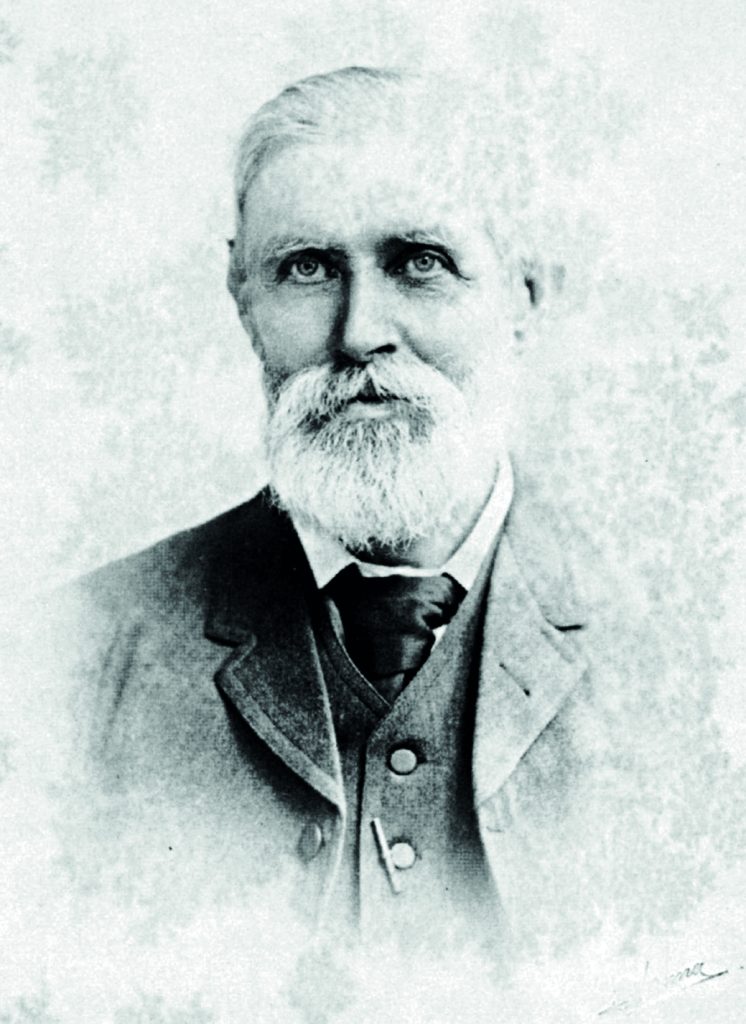
The first Tawera was designed and built by Robert Logan Sr and launched in December 1883 to a commission from C. B. (Charles Burrell) Stone and F. A. (Francis Angus) White, his brother-in-law. C.B. Stone was allegedly the first male European child born in Auckland, on March 27, 1841. His father was Captain James Stone, a London-born shipowner who moved to Auckland from Hobart in 1840. C.B. Stone became a prosperous merchant and an early Waitematā yachtsman who had a string of top-class Auckland yachts over the next 20 years.
At the time, the crack yacht in the second division of yachts, “under 6 tons”, racing with the Auckland Yacht Club and in the Auckland Anniversary Regatta was the 28ft 6in centreboarder Jessie Logan which was, for the time, freakishly fast. She had been built by Robert Logan in January 1880. Under the Thames rating rules of the time, she was a 5¾-tonner. Tawera was a straight-stem keel cutter of 37ft loa and a 6½-tonner. Stone used his considerable influence with the Regatta Committee to have the Second Class race extended to “under 7 tons”. In the 1884 Regatta, Tawera dealt Jessie Logan a rare defeat.
Jessie Logan was being campaigned by Henry (‘Harry’) Wilson and John (‘Jack’) Wiseman. Harry was the grandson of William Chisholm Wilson, the founder of the highly successful Auckland newspaper the New Zealand Herald, while Jack was Harry’s half-brother Frederick (‘Fred’), Walter Wilson’s brother-in-law, and was involved in the then lucrative saddlery trade.
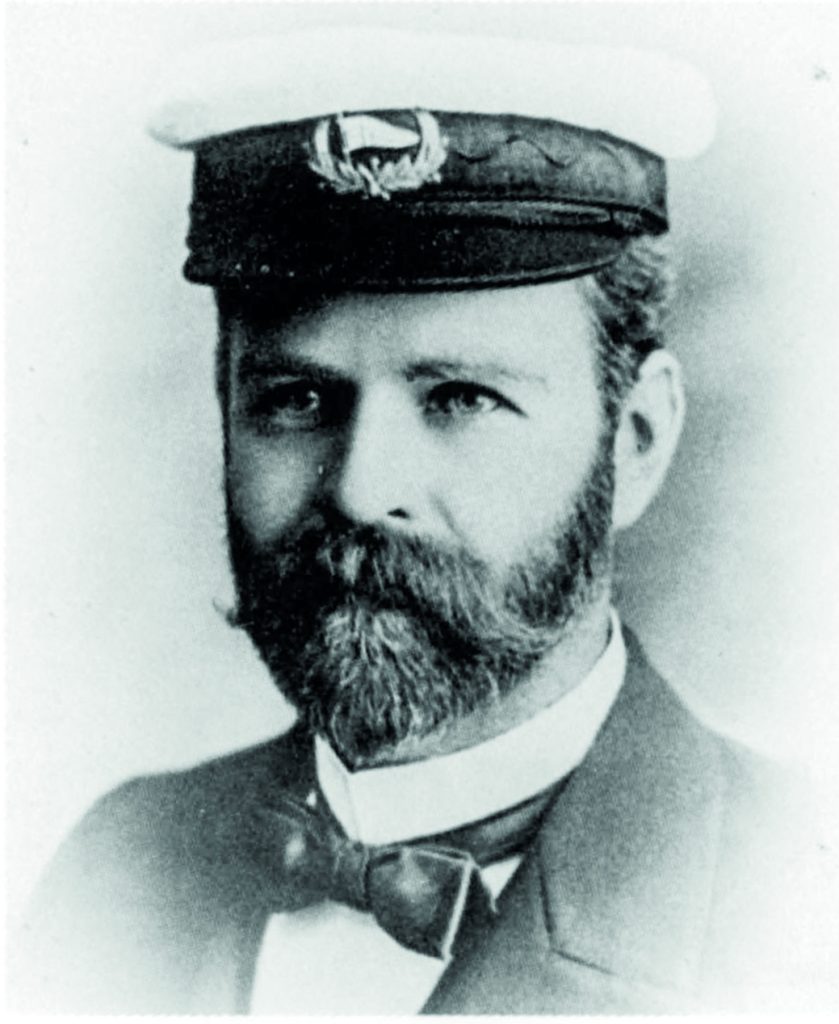
In November 1884 Stone and White sold Tawera to Capt. D.H. McKenzie, a shipowner and marine chandler. In May 1885, Harry Wilson and Jack Wiseman bought her from McKenzie and sold Jessie Logan to Walter Jones, who proceeded to get even more out of Jessie Logan than any other man had, becoming completely invincible in the Second Class racing which, back to “under 6 tons,” was now the glamour class on the Waitematā. After the winter of 1885, Harry Wilson and Jack Wiseman raced Tawera with the AYC and every Annual Regatta but did a great deal of cruising up the Northland coast in the summers.
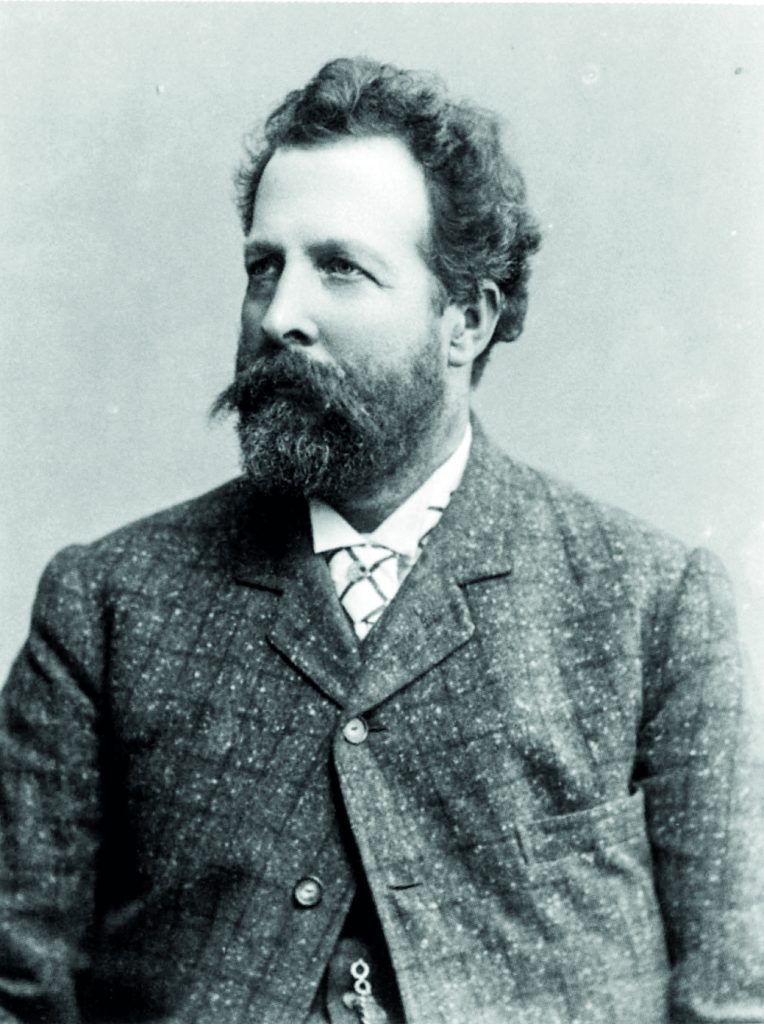
After selling Tawera, C. B. Stone had looked for a more prestigious yacht to carry his pennant. The 50ft 13-tonner Matangi was the result, a smart clipper-bowed yacht in the latest overseas style designed and built by Robert Logan and launched in January 1887. However, Stone seemed never to be happy with his current yacht and was always wanting to move on. Later that year he was elected Commodore of the re-energised AYC with Matangi carrying his pennant.
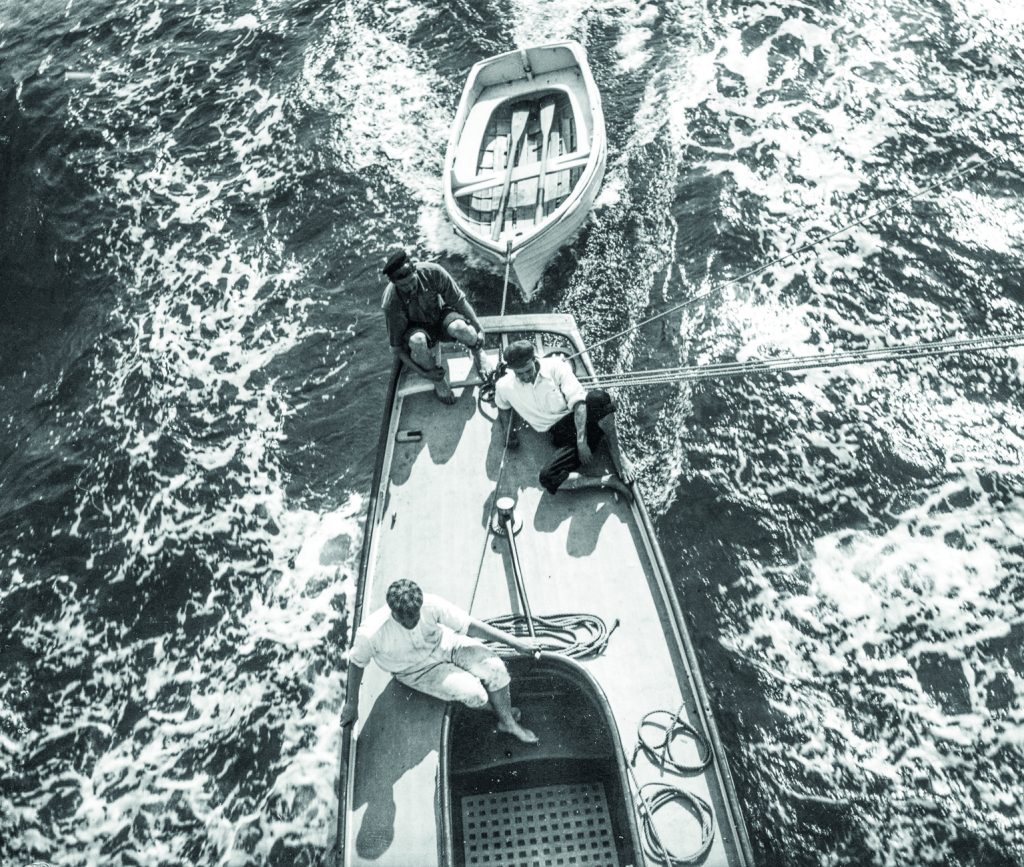
In October 1888, Stone sold Matangi to Wilson and Wiseman and took Tawera back in part exchange. Stone owned Tawera with engineer James Carlaw, but Carlaw ran her with Stone’s 27-year-old son, Arthur Francis Stone. A couple of years later, in October 1890, Stone and Carlaw sold Tawera to Henry (‘Harry’) Horton, a partner of the Wilsons in the New Zealand Herald. With him was his younger brother, Robert Chisholm Horton. Carlaw then bought the James Clare-built Malua and, after a gap, Stone went on to buy the Logan yachts Windward, Ngaru and Aorere.
Harry Horton was a workmate and close friend of the inseparable pair of Wilson brothers, Harry Wilson’s younger stepbrothers, William (‘Willie’) Robert Wilson and Frederick (‘Fred’) Walter Wilson who shared an office at the New Zealand Herald and a passion for yachting that their brother Harry had fuelled in Tawera. Famous photographer Henry Winkelmann went on several cruises on Tawera, taking some outstanding images of her in holiday mood. The Wilson boys carried on with Tawera as crew as they had when their brother Harry owned her, cruising and racing. But as the Wilson and Horton boys became increasingly involved in running the Herald, in 1903 Harry Horton became its managing director, Tawera sat on her moorings, often just a mark boat for club racing.
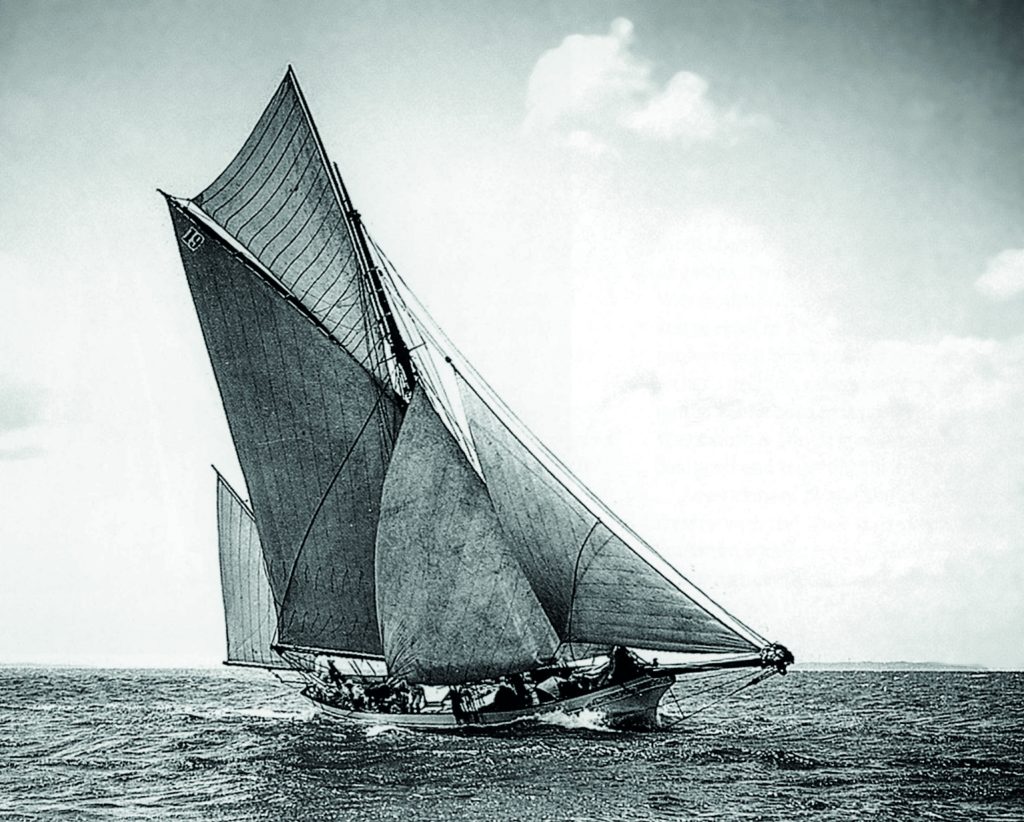
In 1904 Harry Horton’s younger brother Charles Edward Horton, who had also crewed on Tawera for years, decided to commission Arch Logan to design the ultimate cruiser-racer, Ariki, but that is an entirely different story. It involves ownership by Willie Wilson’s sons Robert Ballard Wilson and Stuart Scott Wilson from 1930 until 1934, when they sold her to the Goodfellows. Scott Wilson then had the second Tawera built, a story I will explore in the second article on these two Taweras.
In April 1906 Harry Horton decided to dispose of the old ship. By then Tawera was a fossil from a bygone era, a straight-stem gaff cutter that had been made old-fashioned and slow by the remarkable progress in yacht design, sailmaking, and rigging in the 1890s. He instructed Logan Bros. to haul her up at their yard on the Railway Wharf, Mechanics Bay and to break her up. She was only 23 years old. She still had her 1894 suit of sails made by Reynolds, but her kauri hull remained in good order, “all the timbers as sound as a bell,” said the Herald. The Auckland Star reported that “she had not been taken up for the winter months for a period of 16 years.” Clearly Logan Bros. had given her good attention over the years.
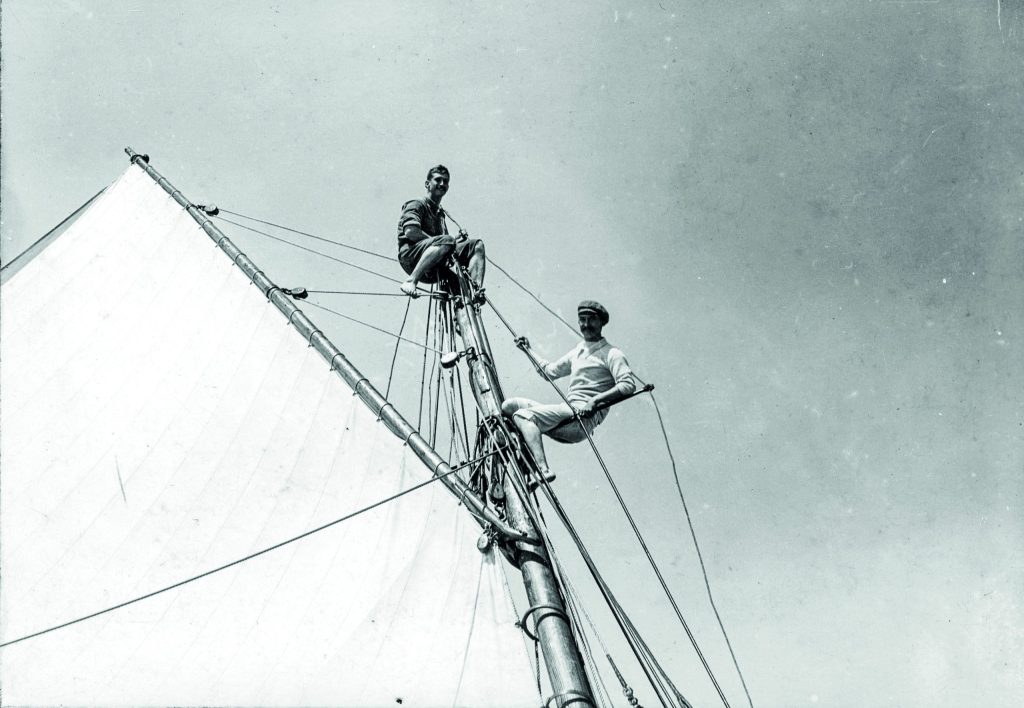
No doubt the lead on her keel was worth more than her commercial value. The Boer War and the new cadet forces had resulted in the Colonial Ammunition Company of Mt Eden having the capacity to produce nine million rounds of ball ammunition a year. It was a matter of wheels with wheels, as C. A. Whitney, the managing director of CAC, was married to Mary Ellen Wilson, Willie and Fred Wilson’s half-sister.
Just a few years later, the CAC was in even greater production to cope with the needs of the New Zealand Expeditionary Force at Gallipoli and France. To provide some of the lead required close to hand, many more keel yachts were broken up, had concrete keels installed, or were laid up keel-less for the duration of the war.
Next month it’s the turn of another Logan-designed Tawera, built by Colin Wild in 1935 for a Wilson of a later generation.








